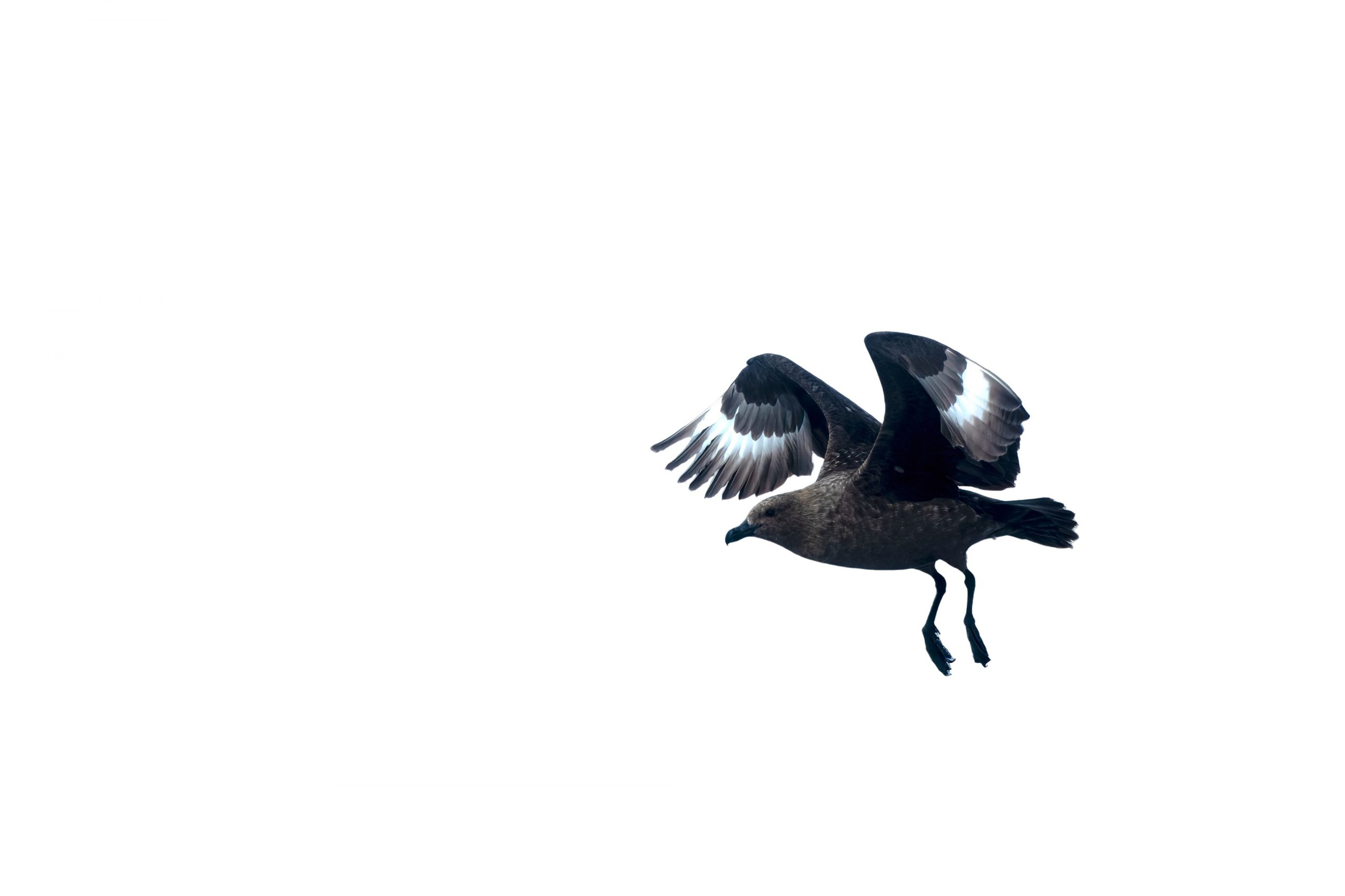Edições Impressas
20 de setembro de 2024
Antarctica Records First Avian Flu Cases – Level 3
Article Published On Joca 230

On August 23rd, the British Antarctic Survey officially announced that the first cases of avian flu have been detected in the continent’s seabirds. “Highly pathogenic avian influenza (HPAI) has been confirmed in brown skua populations [a species of bird] on Bird Island, South Georgia, the first known cases in the Antarctic region,” stated the publication.
What is avian flu?
It is an infectious disease caused by a flu virus that affects domestic and wild birds. When humans come in contact with an infected animal, they also risk falling sick with symptoms such as fever and difficulty breathing. Avian flu also has an impact on the economy of countries like Brazil, which export chickens to other nations.
What is Antarctica?
It is the southernmost continent on Earth and is known for being the coldest. It is covered by a layer of ice that can be more than four kilometers thick. It includes many ecosystems, which are isolated from disease. Scientists claim that avian flu was brought to Antarctica by birds that migrated there.
Why is this concerning?
Antarctica has very large and diverse bird colonies. If the disease spreads among them, many of them might fly to other locations and spread the disease to other birds, giving rise to a dangerous wave of contagion in the continent and the rest of the world. This year, various countries have had record outbreaks of avian flu.
Sources: Superinteressante, Brazilian Ministry of Agriculture and Livestock, CNN, and O Globo newspaper
Ixi! Você bateu no paywall!
Ainda não é assinante? Assine agora e tenha acesso ilimitado ao conteúdo do Joca.












Você precisa fazer o login para publicar um comentário.